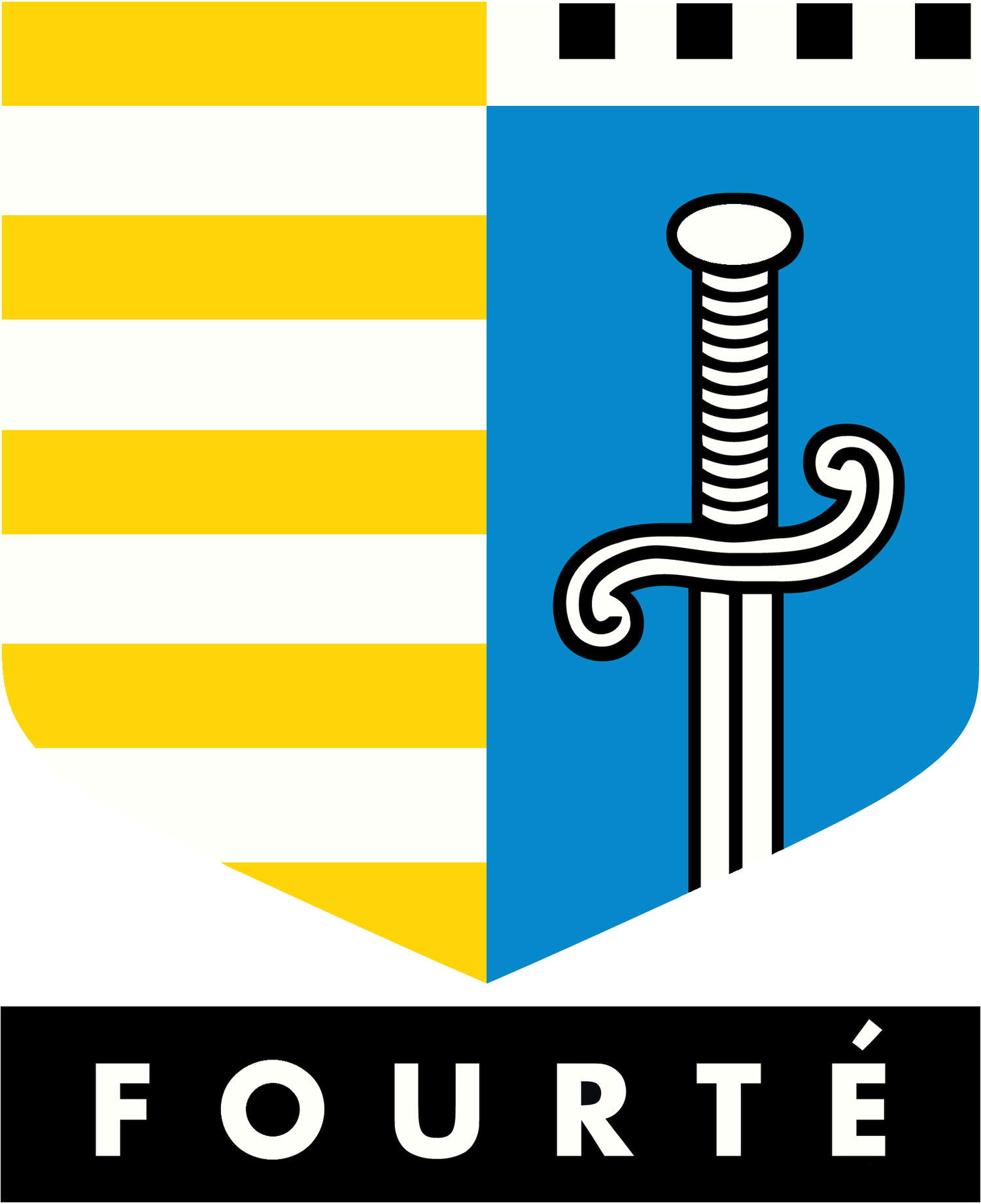Prototyping services
Before advancing to full-scale production, it is crucial for design teams to ensure a precise fit of the PCB within the mechanical module. Prototyping facilitates a comprehensive physical analysis, allowing teams to gather essential feedback on the design. This feedback is instrumental in refining CAD drawings and specifications, ensuring that the final product meets exacting standards and functionality.
Prototyping Process
Our approach begins with a collaborative design phase, where Fourté's engineers engage closely with the client's design team. Through a meticulous iterative process, we ensure that all design requirements are thoroughly understood and incorporated into the precise drawings. These collaborative sessions foster clear communication between all stakeholders, including Fourte’s project managers.
Once the design is finalized, prototyping commences using a blend of advanced manufacturing techniques. Our capabilities include CNC machining, Wire EDM, and precision hand forming, enabling us to produce prototypes in varied batch sizes—from small runs (10-25 pieces) for initial testing to larger series (100-1000 pieces) that simulate full-scale CNC production.
Advantages of Prototyping
Early Identification of Design Issues: Prototyping pinpoints potential problems early in the development cycle, allowing for adjustments before mass production commences.
Validation of Concept and Functionality: Ensures the product performs as intended in real-world applications.
Enhanced Collaboration: Facilitates a dynamic exchange of ideas and feedback between engineers and end-users, leading to a product that truly resonates with its target market.
Proof-Testing and Secondary Operations in Prototyping: Prototyping at Fourte is not just about shape and fit; it also extends to the meticulous verification of materials, finishes, and colors. This critical phase involves both the Fourte Quality team and our clients' representatives, ensuring that all aspects of the prototype—ranging from the specific materials used to the plating and color options (whether paint or plastics)—meet our rigorous standards.
Lead Time and Cost: While prototyping slightly extends the development timeline and adds to the project cost, these are marginal compared to the benefits of mitigating risks and enhancing product quality.
Incorporating prototyping at the early stages of product development is a strategic choice for most of our clients. It significantly reduces production risks and provides both the design team and the end user with a tangible representation of the final product, ensuring the design meets all expectations before entering mass production.
